The Lenovo Legion Go S: A Handheld PC Review
Handheld gaming PCs have surged in popularity, largely thanks to the Steam Deck. Lenovo's Legion Go S aims for a similar market, but unlike its predecessor, it adopts a unibody design, ditching removable controllers and extraneous buttons. A SteamOS version is slated for later this year, but this review focuses on the Windows 11 model. While priced competitively at $729, the Legion Go S faces stiff competition.
Lenovo Legion Go S – Image Gallery
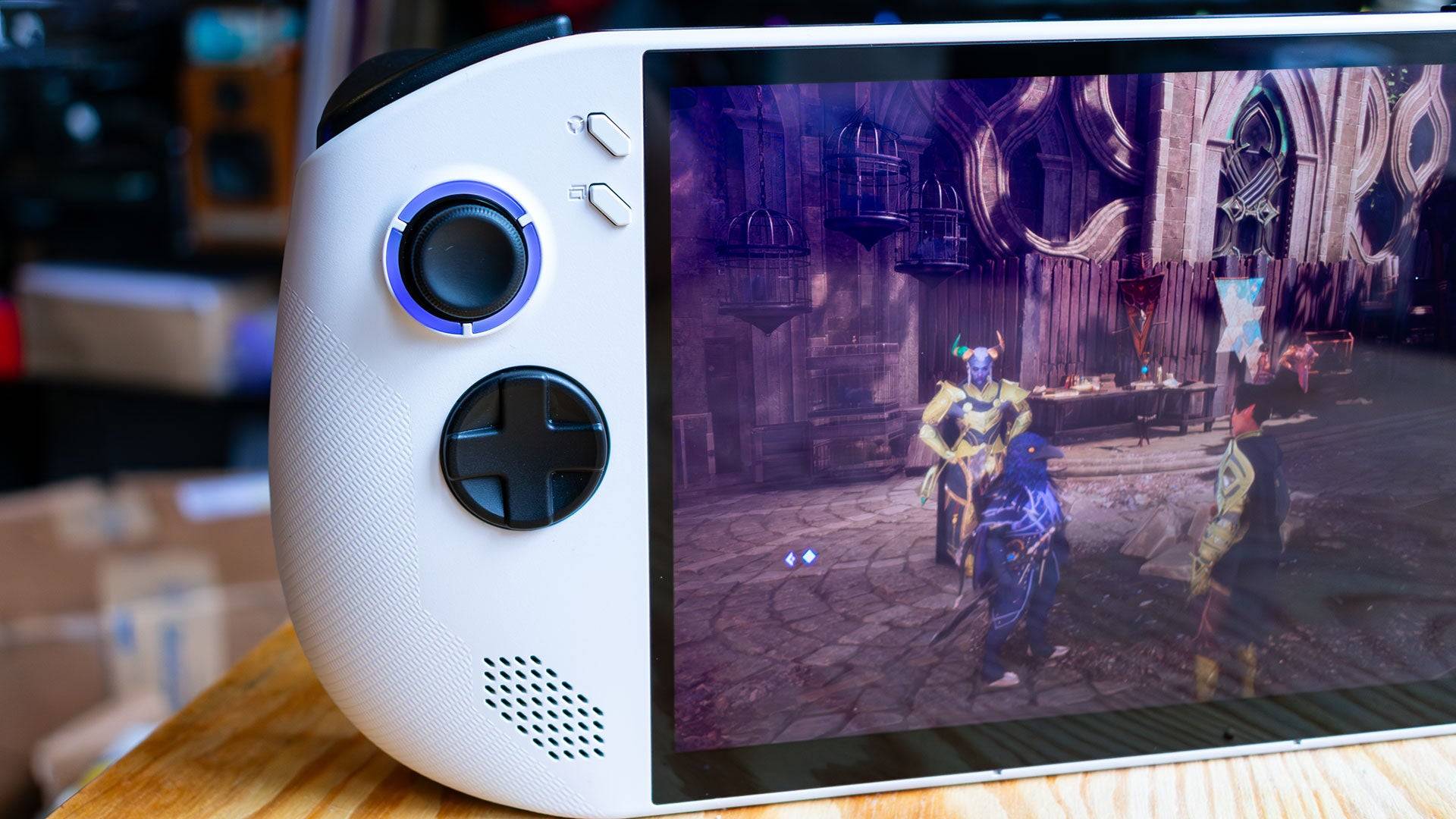
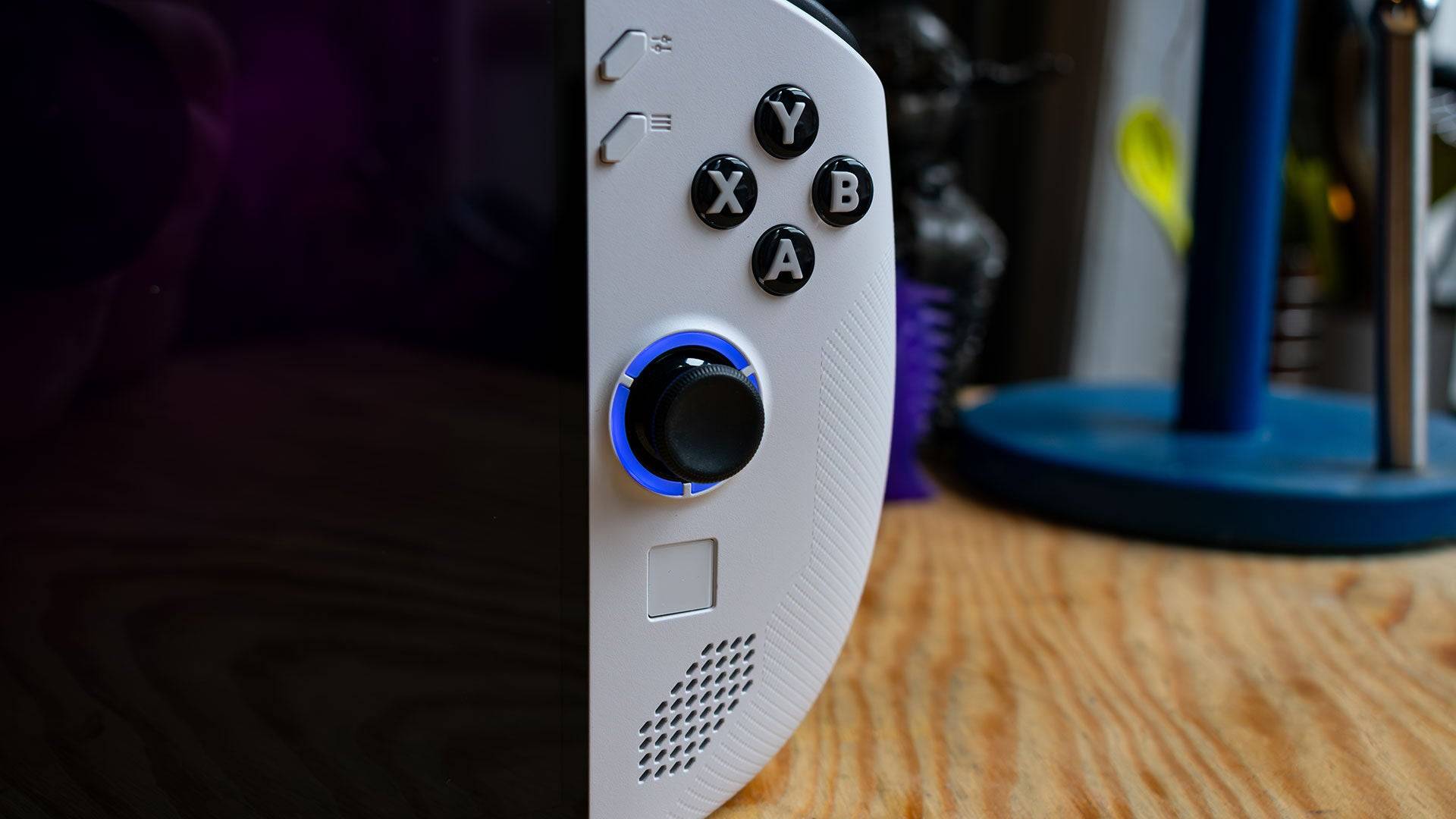 7 Images
7 Images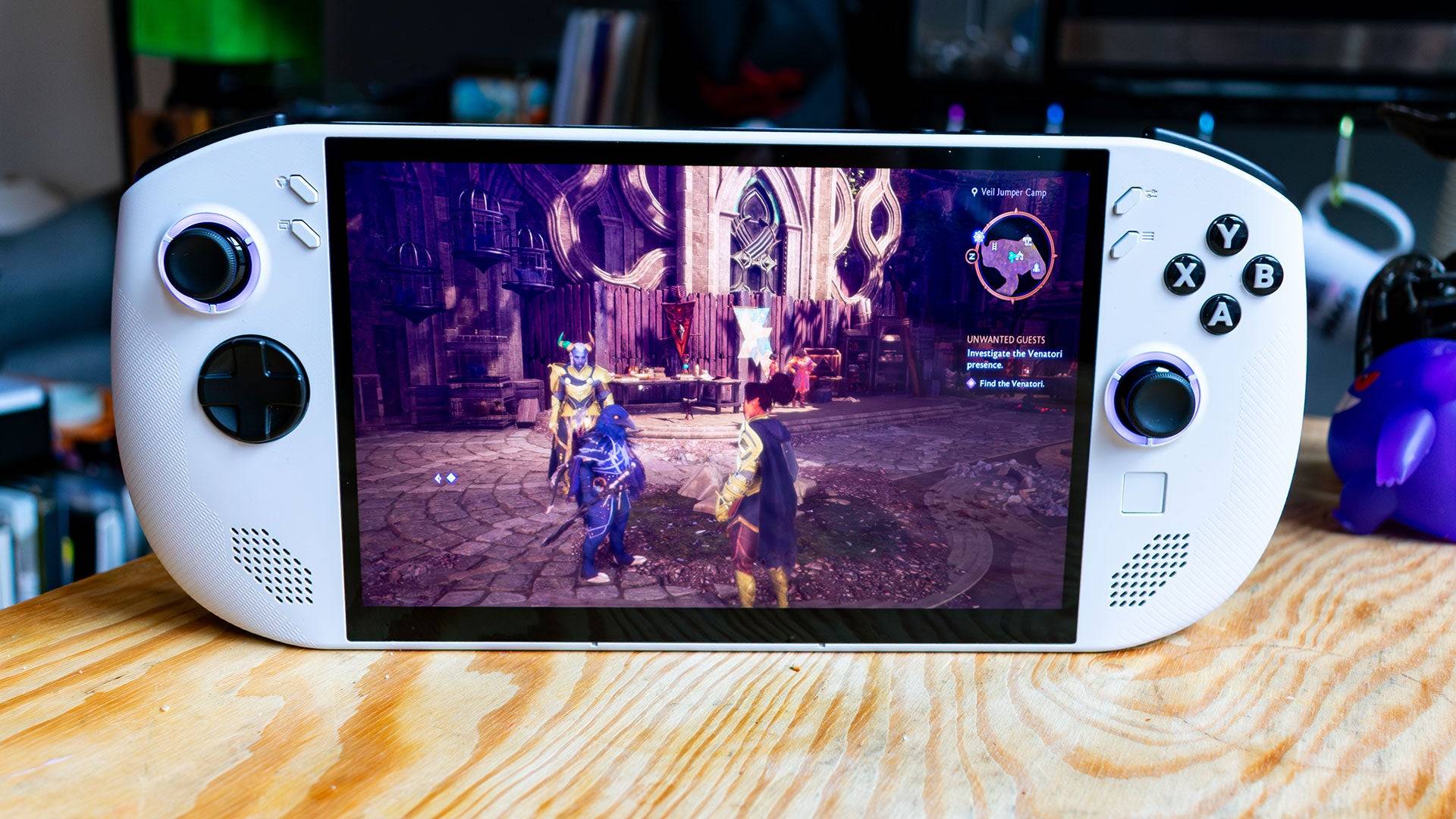
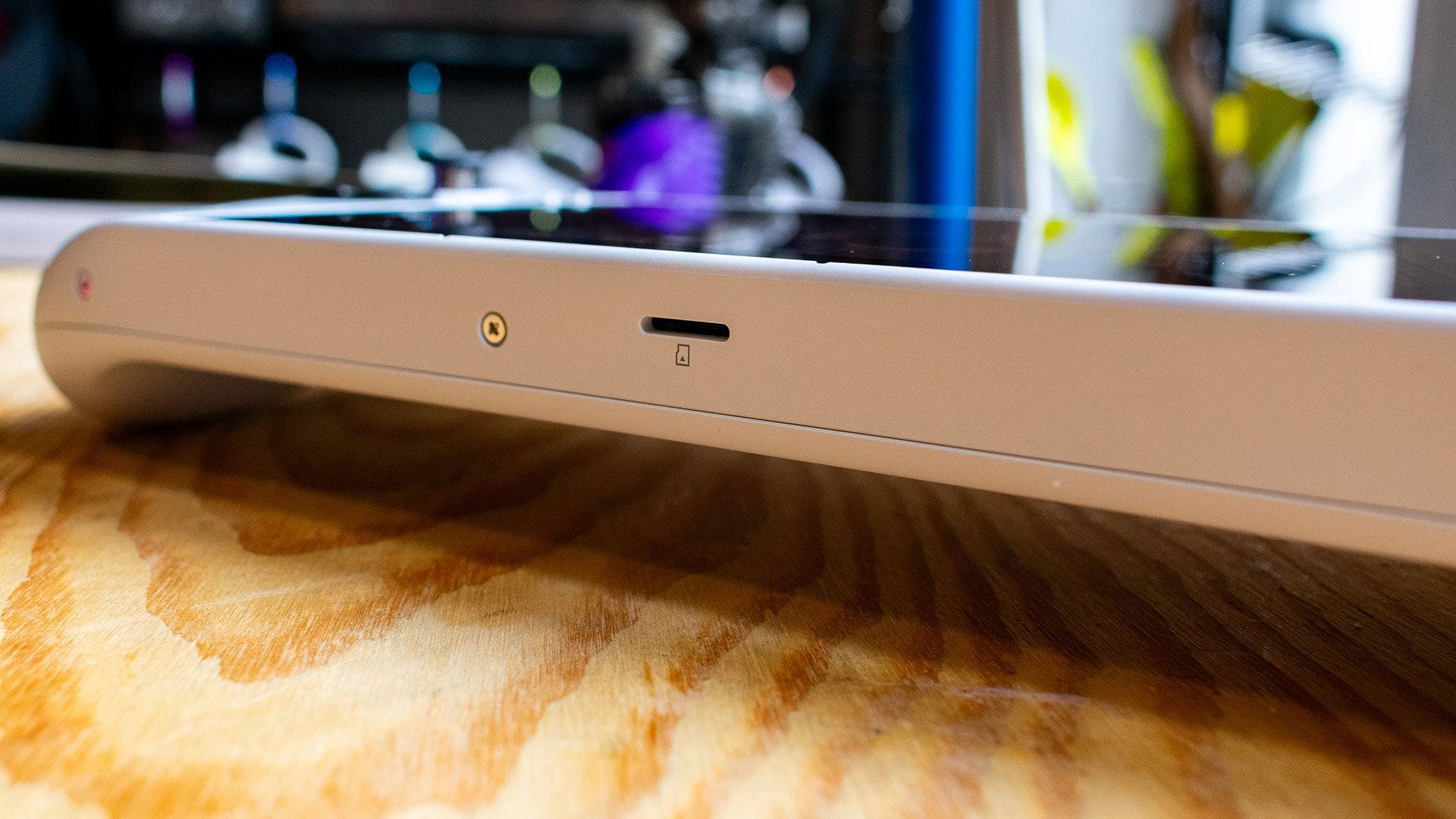
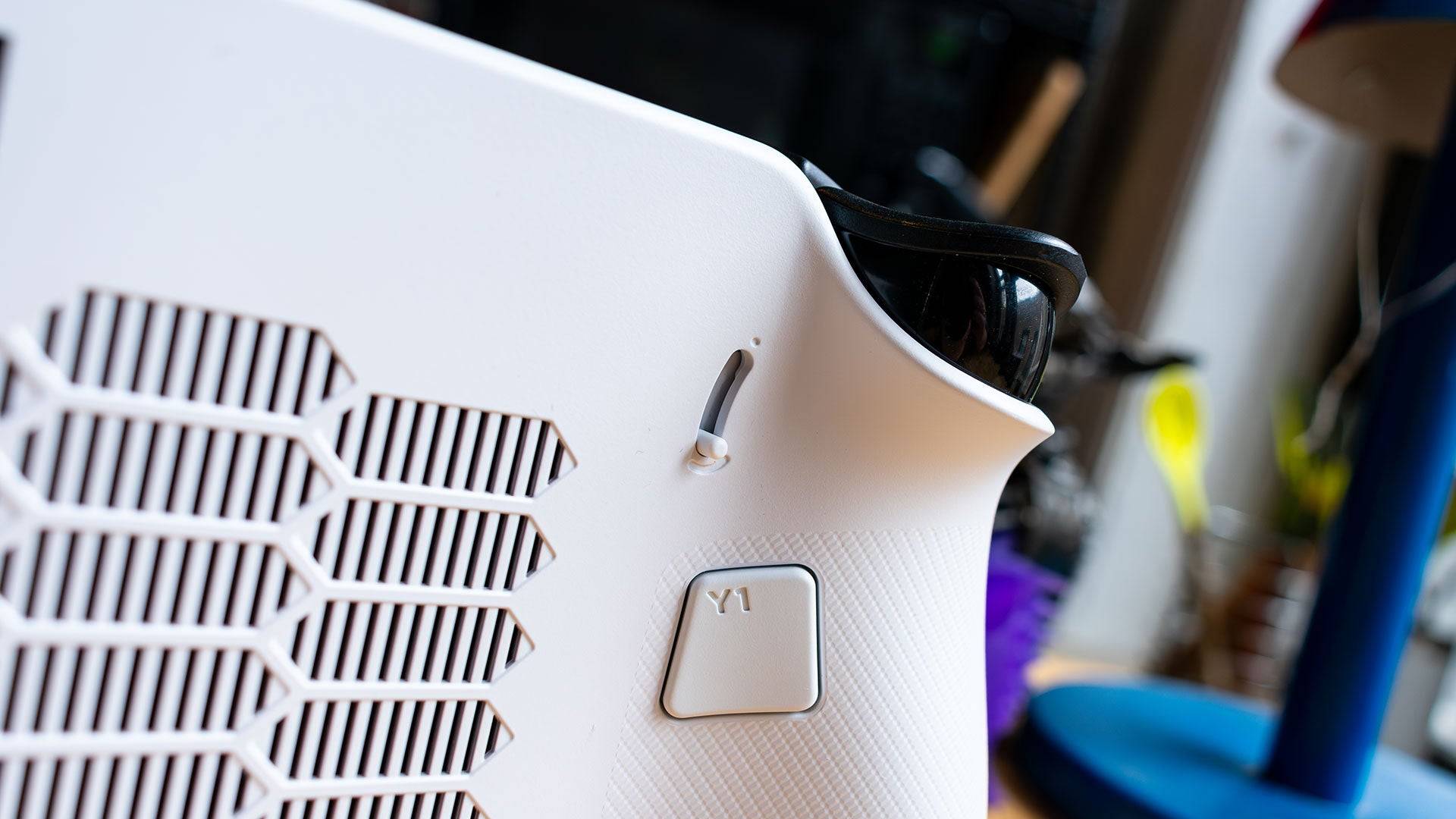
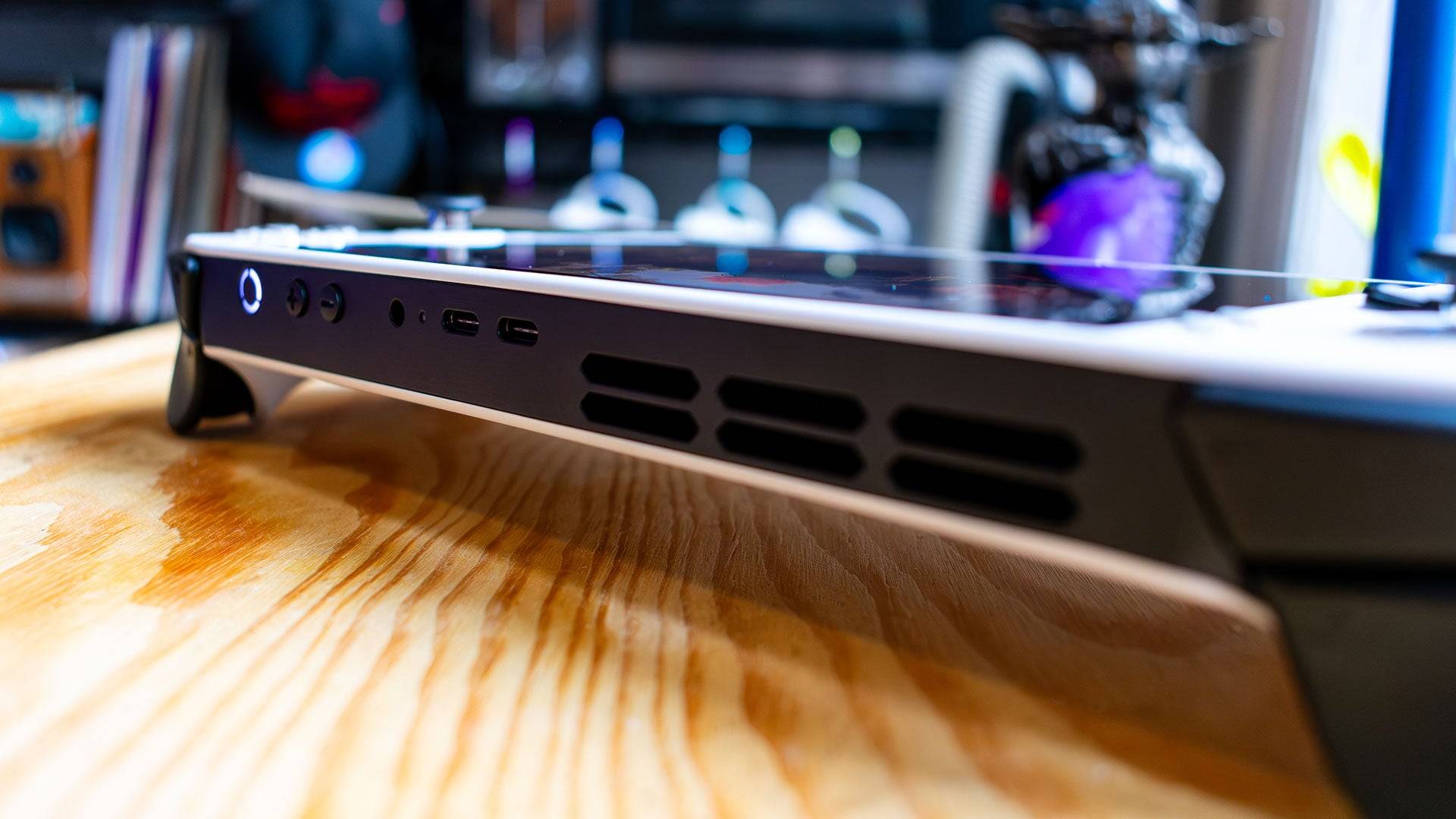
Lenovo Legion Go S – Design and Features
The Legion Go S's design resembles the Asus ROG Ally more than its predecessor. Its unibody construction enhances usability. The rounded edges provide comfortable grip, despite its considerable weight of 1.61 pounds (heavier than the Asus ROG Ally X but lighter than the original Legion Go).
The 8-inch, 1200p IPS display boasts 500 nits of brightness, delivering stunning visuals in games like Dragon Age: The Veilguard and Horizon Forbidden West. It's arguably one of the best handheld PC displays, rivaled only by the Steam Deck's OLED.
Available in Glacier White and Nebula Nocturne (the latter exclusive to the SteamOS version), the Go S features RGB lighting around the joysticks. The button layout is more intuitive than the original, but the placement of Lenovo's menu buttons above the standard 'Start' and 'Select' buttons requires adjustment. However, these Lenovo menu buttons offer quick access to system controls and shortcuts.
The touchpad, while smaller than the original's, makes Windows navigation slightly more challenging. The left-side button accesses LegionSpace software for system management. Rear programmable paddle buttons offer improved click feel and resistance. Adjustable triggers offer only two settings: full and minimal travel. Dual USB 4 ports (one ideally positioned on the bottom for better cable management) and a centrally located microSD card slot complete the device's connectivity.
Lenovo Legion Go S – Purchasing Guide
The reviewed configuration ($729.99) includes an AMD Z2 Go APU, 32GB LPDDR5 RAM, and a 1TB SSD. A more affordable 16GB RAM/512GB SSD version launches in May for $599.99.
Lenovo Legion Go S – Performance
The AMD Z2 Go APU (Zen 3 processor with 4 cores/8 threads and RDNA 2 GPU with 12 cores) is not a performance powerhouse. Benchmark tests reveal performance lags behind the original Legion Go and the Asus ROG Ally X. Battery life (4 hours 29 minutes in PCMark10) is surprisingly shorter than the original despite a weaker chipset.
Gaming performance is mixed. While slightly faster than the original in Hitman, it shows a noticeable performance drop in Total War: Warhammer 3 and Cyberpunk 2077, especially at higher settings. Horizon Forbidden West proved particularly challenging. However, at lower resolutions (800p) and medium settings, most AAA titles run at a playable 30-40 fps. Less demanding games like Persona 5 perform exceptionally well.
The High Price of Extra RAM
The $729 price tag for the 32GB RAM configuration seems excessive considering the weaker APU. While more RAM can improve performance by allocating more to the frame buffer (BIOS adjustment required), it's largely unnecessary for most handheld gaming scenarios. The May release of the $599 16GB RAM version offers significantly better value.
Which Handheld to Choose?
The initial Legion Go S configuration is overpriced. The $599 model, however, presents a much more compelling option. The included poll below allows readers to share their preferences among various handheld gaming PCs launching in 2025.
AnswerSee Results














